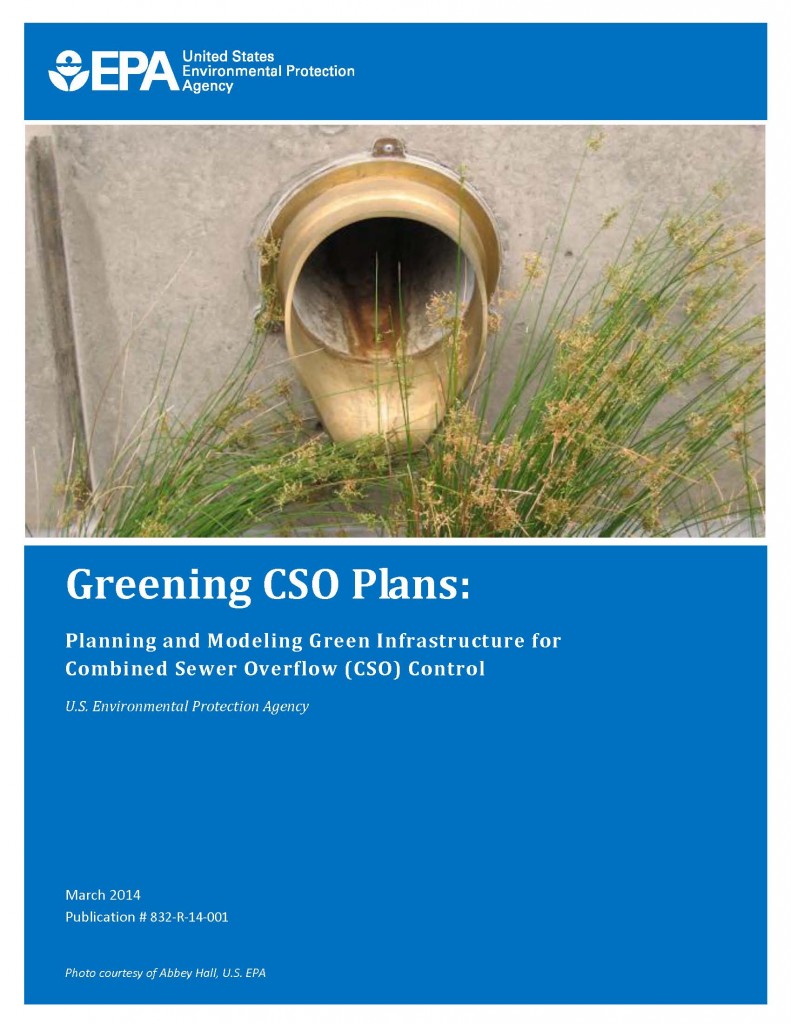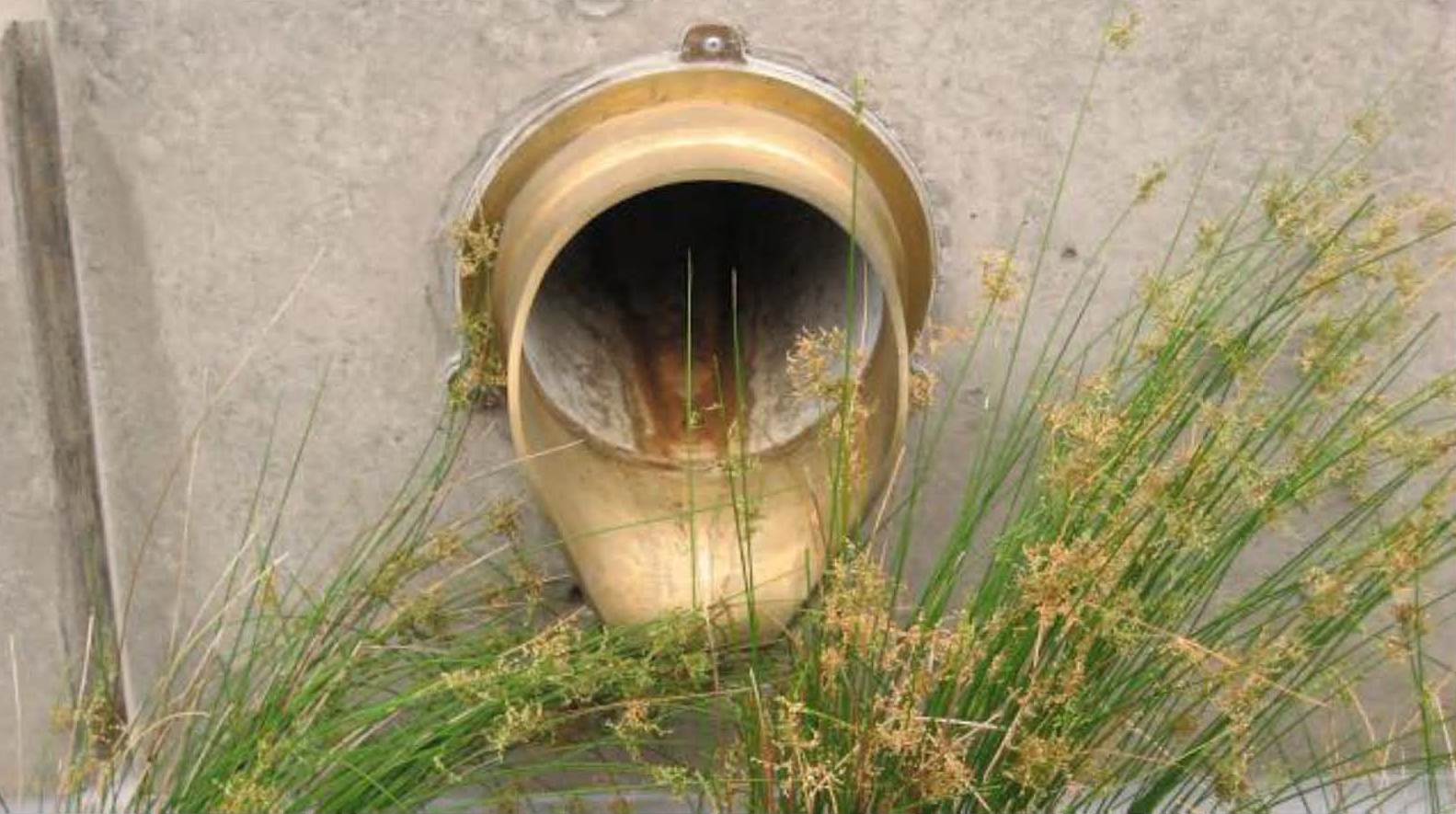 In early March, the U.S. Environmental Protection Agency (EPA) released a planning resource to help communities use green infrastructure and quantify its contributions in combined sewer overflow (CSO) plans. The report, Greening CSO Plans: Planning and Modeling Green Infrastructure for Combined Sewer Overflow (CSO) Control,” discusses various modeling tools that can help communities optimize their use of green and traditional stormwater infrastructure.
In early March, the U.S. Environmental Protection Agency (EPA) released a planning resource to help communities use green infrastructure and quantify its contributions in combined sewer overflow (CSO) plans. The report, Greening CSO Plans: Planning and Modeling Green Infrastructure for Combined Sewer Overflow (CSO) Control,” discusses various modeling tools that can help communities optimize their use of green and traditional stormwater infrastructure.
One benefit of green infrastructure is that it can help reduce capital expenses and operational costs at publicly owned treatment works by preventing stormwater from entering combined sewers. On March 4, EPA released a case study on the City of Lancaster, Pa., quantifying the economic benefits associated with utilizing green infrastructure for controlling wet weather pollution.
“Cities like Lancaster are leading the way in creating cost-effective and innovative solutions to the stormwater challenges we face today,” said EPA Regional Administrator Shawn M. Garvin. “By keeping rain water from coming into contact with pollution in the first place, green infrastructure improves water quality while making communities more livable.”
The case study estimated that within its combined sewer system area, Lancaster’s green infrastructure plan will reduce traditional infrastructure capital costs by $121.7 million and reduce wastewater pumping and treatment costs by $661,000 per year. It also will provide approximately $2.8 million in energy, air quality, and climate-related benefits annually.
These benefits exceed the expected costs of implementing green infrastructure, which range from an estimated $51.6 to $94.5 million depending on whether projects are implemented independently or as part of planned improvements. Read more in “The Economic Benefits of Green Infrastructure: A Case Study of Lancaster, PA”.






